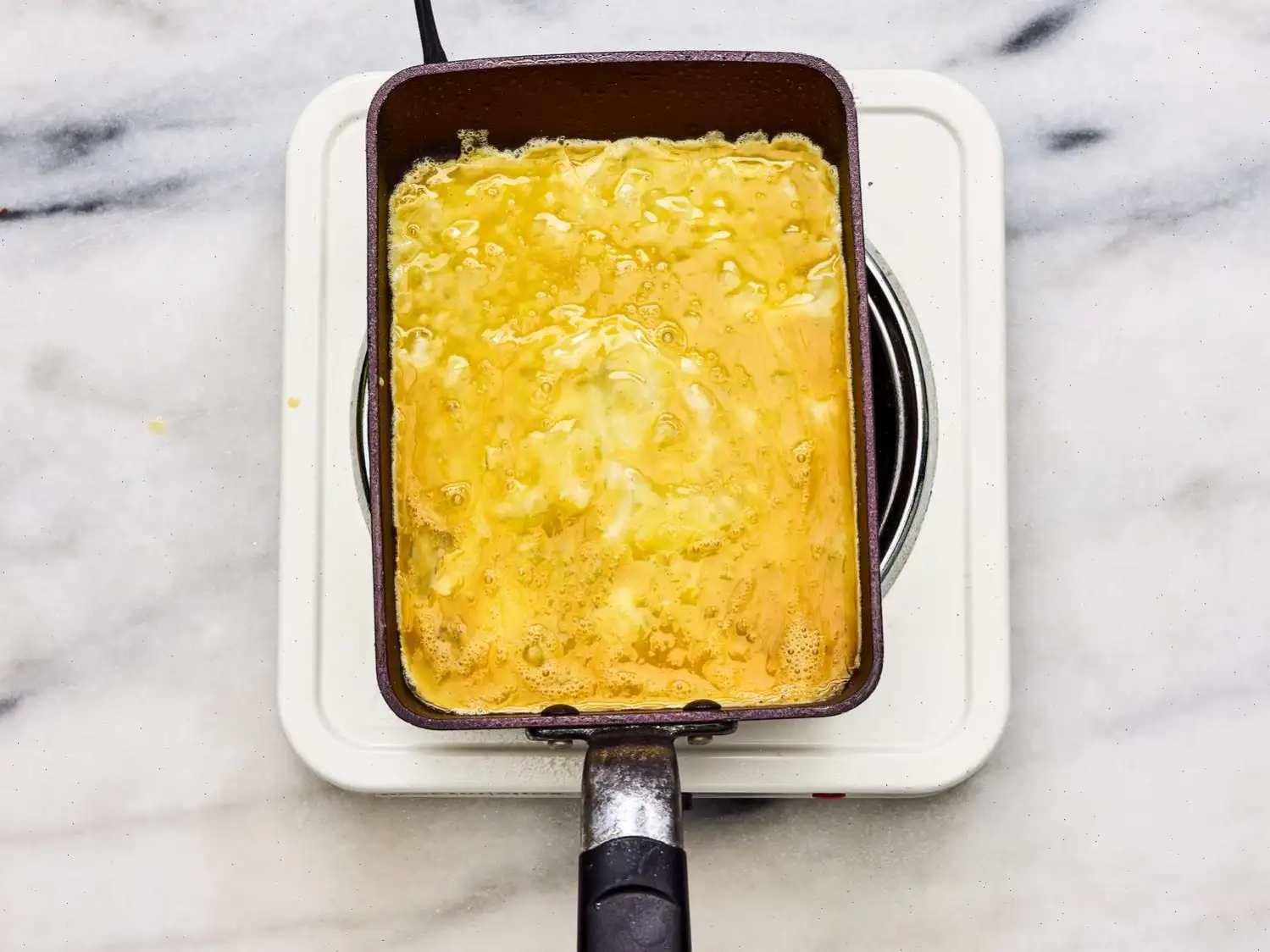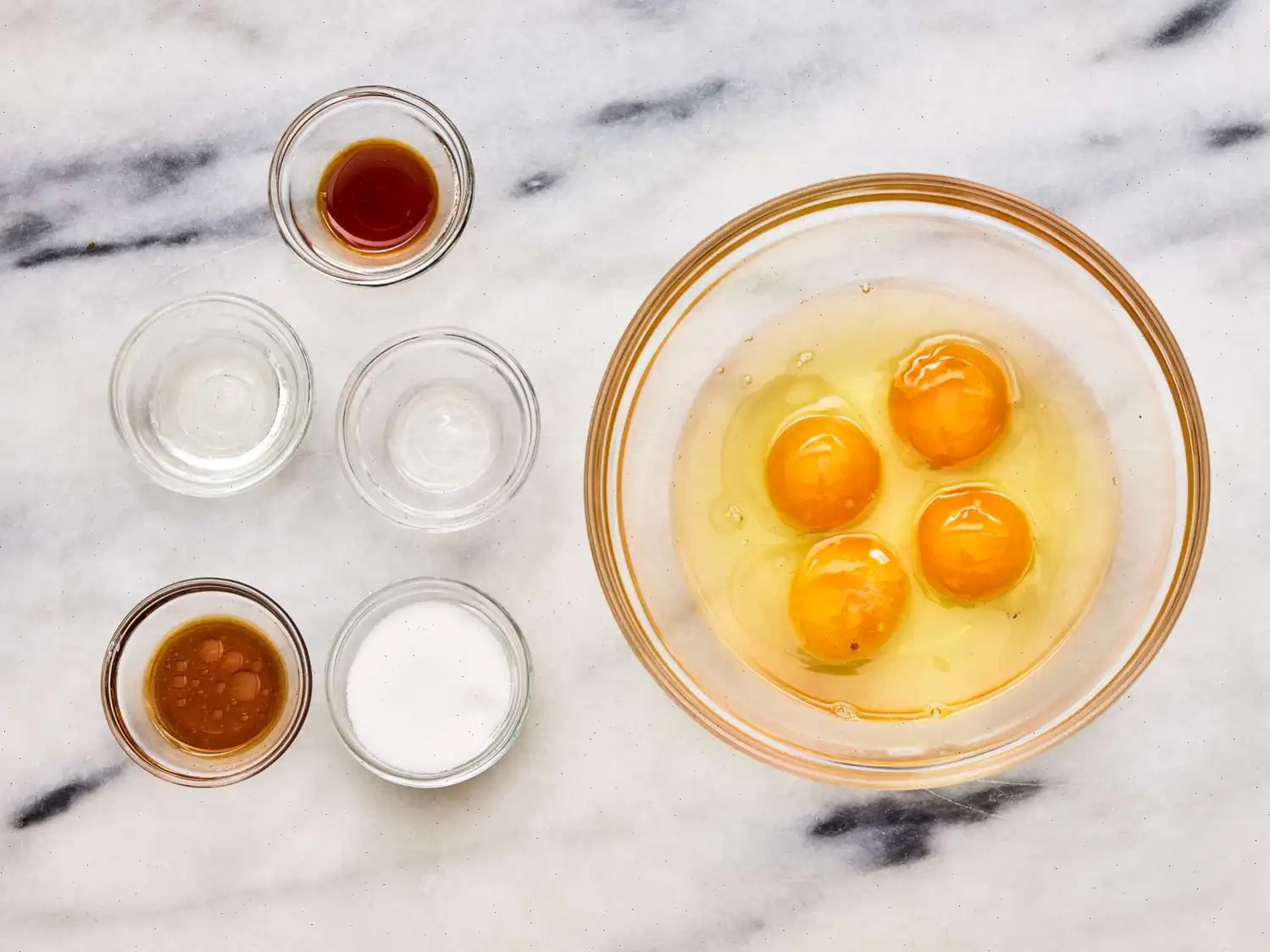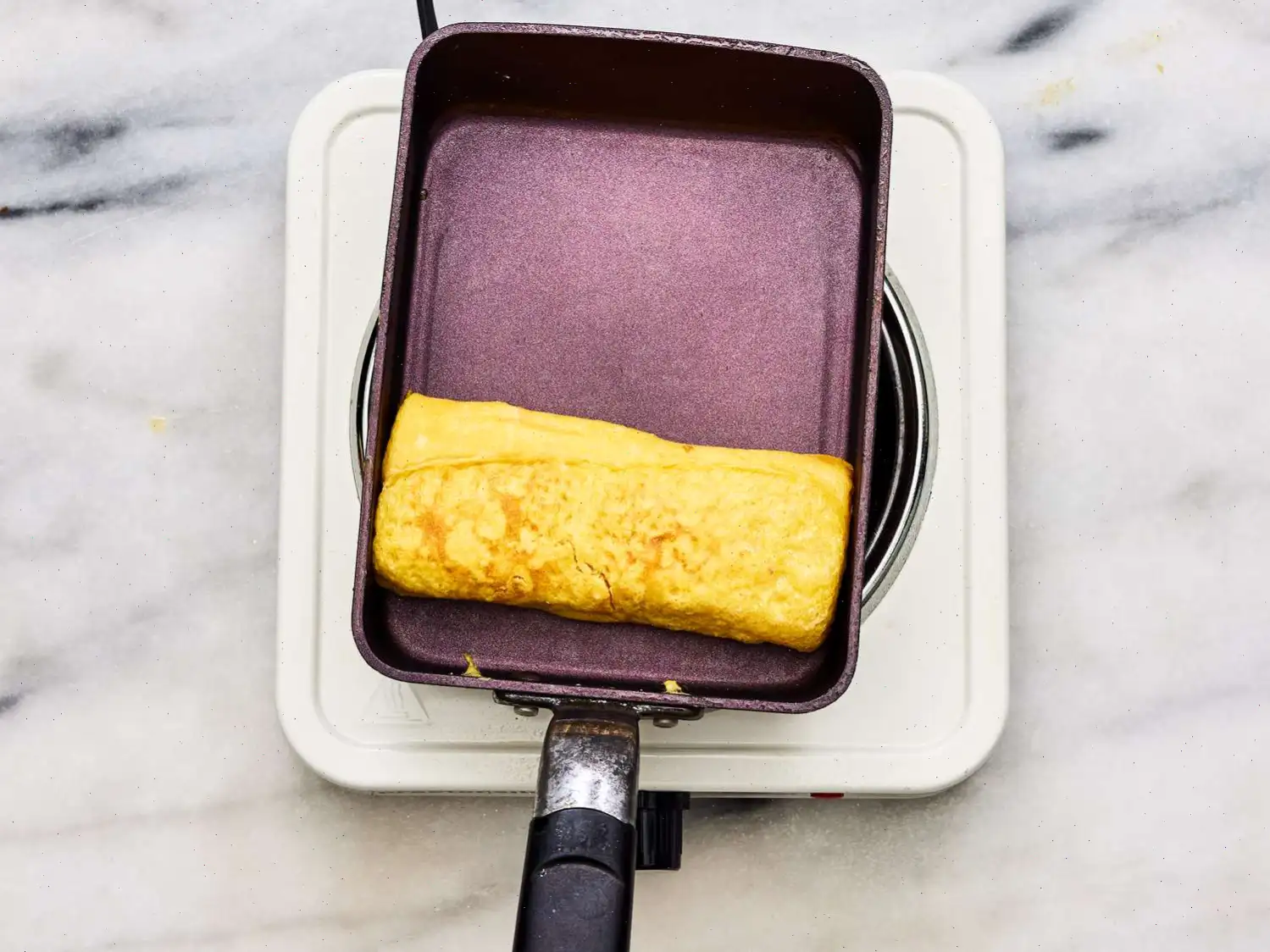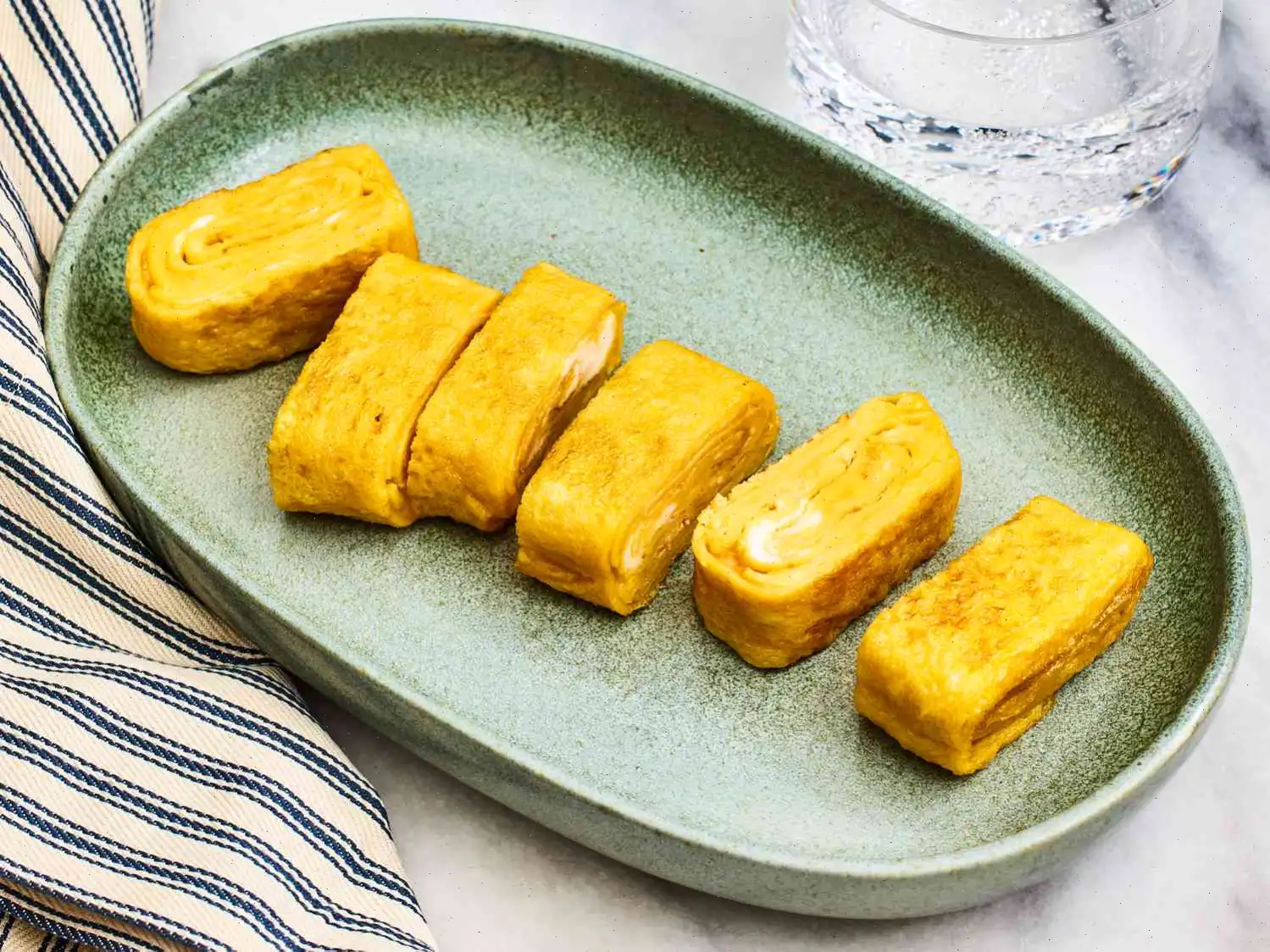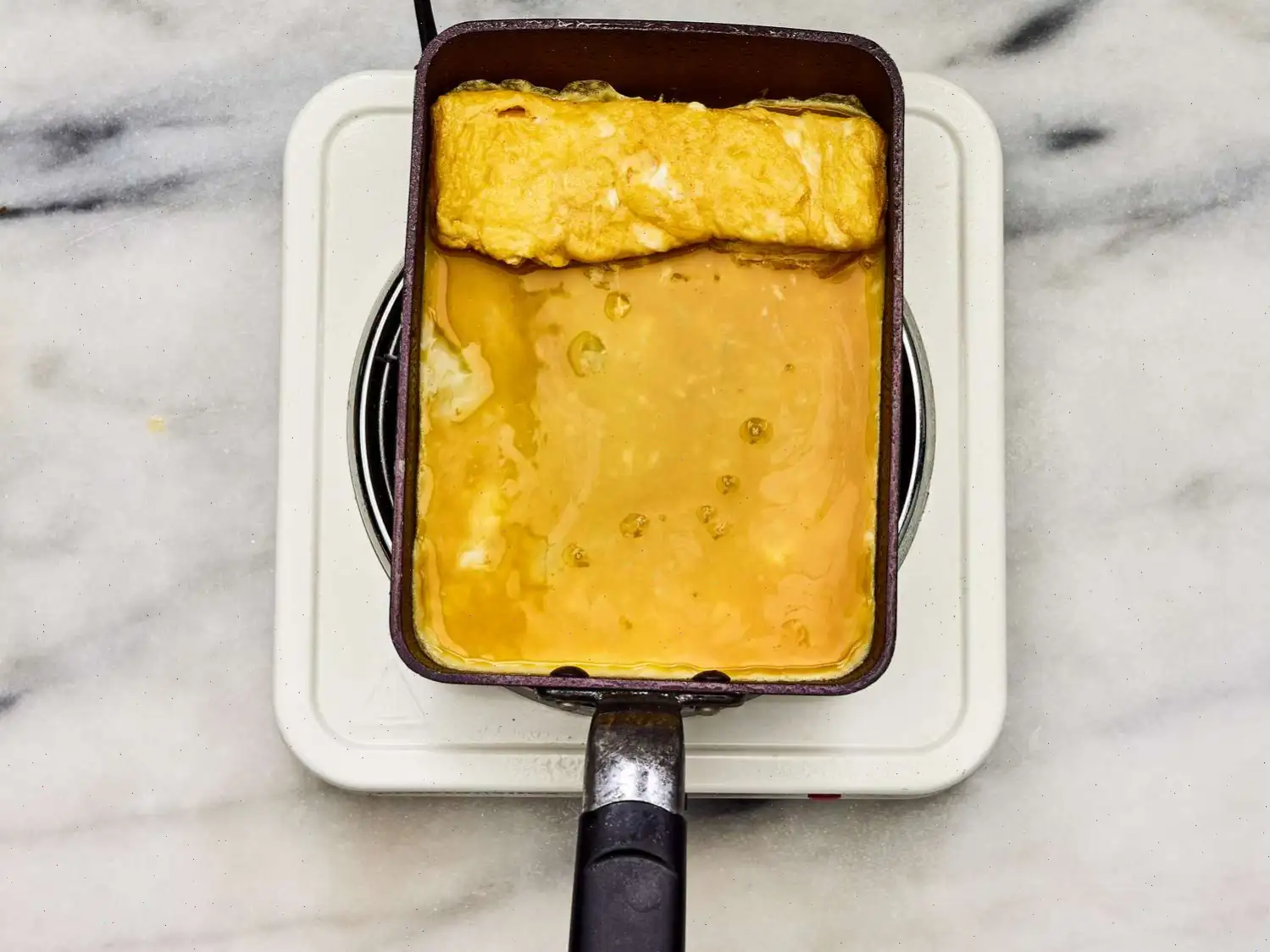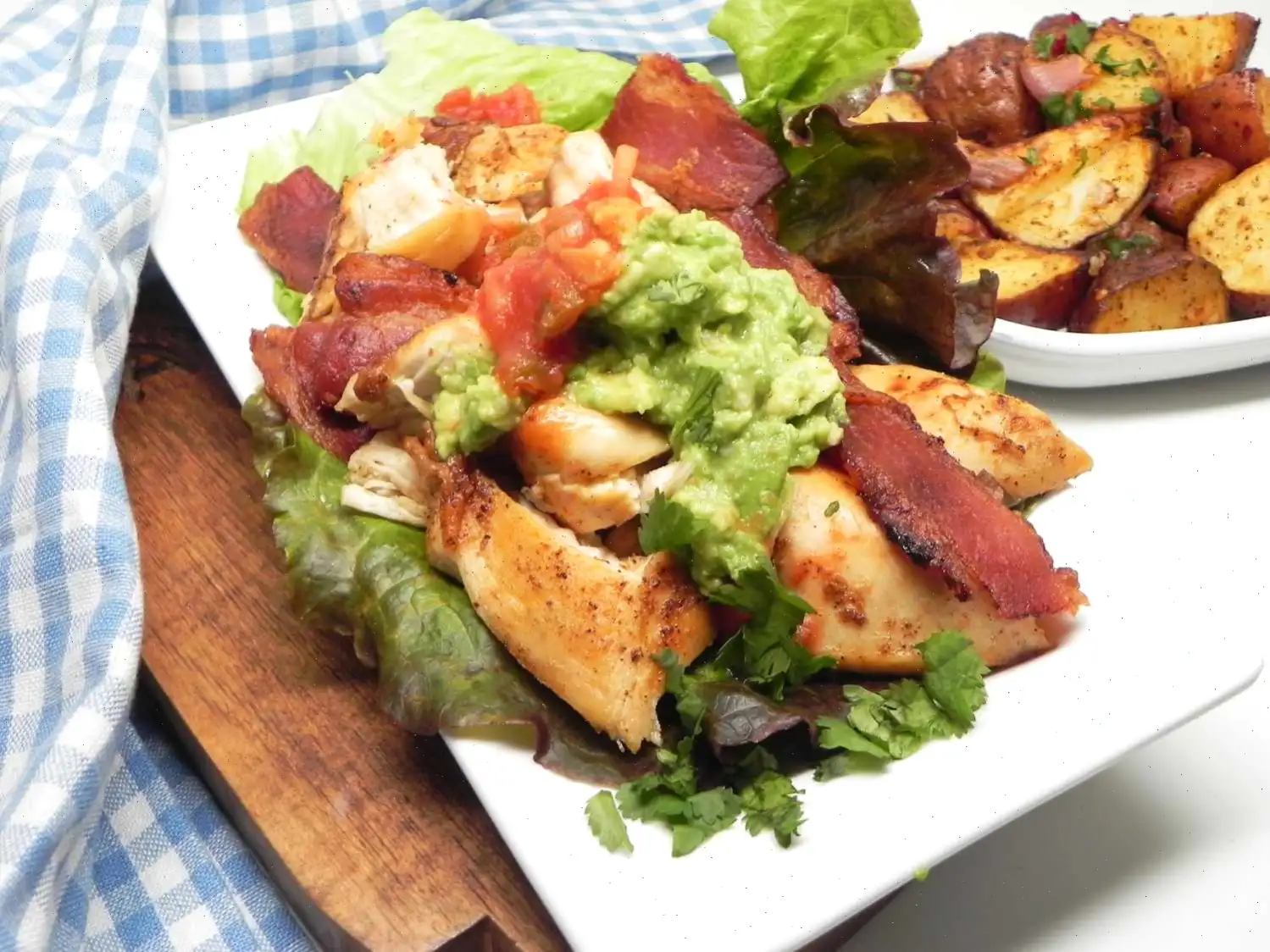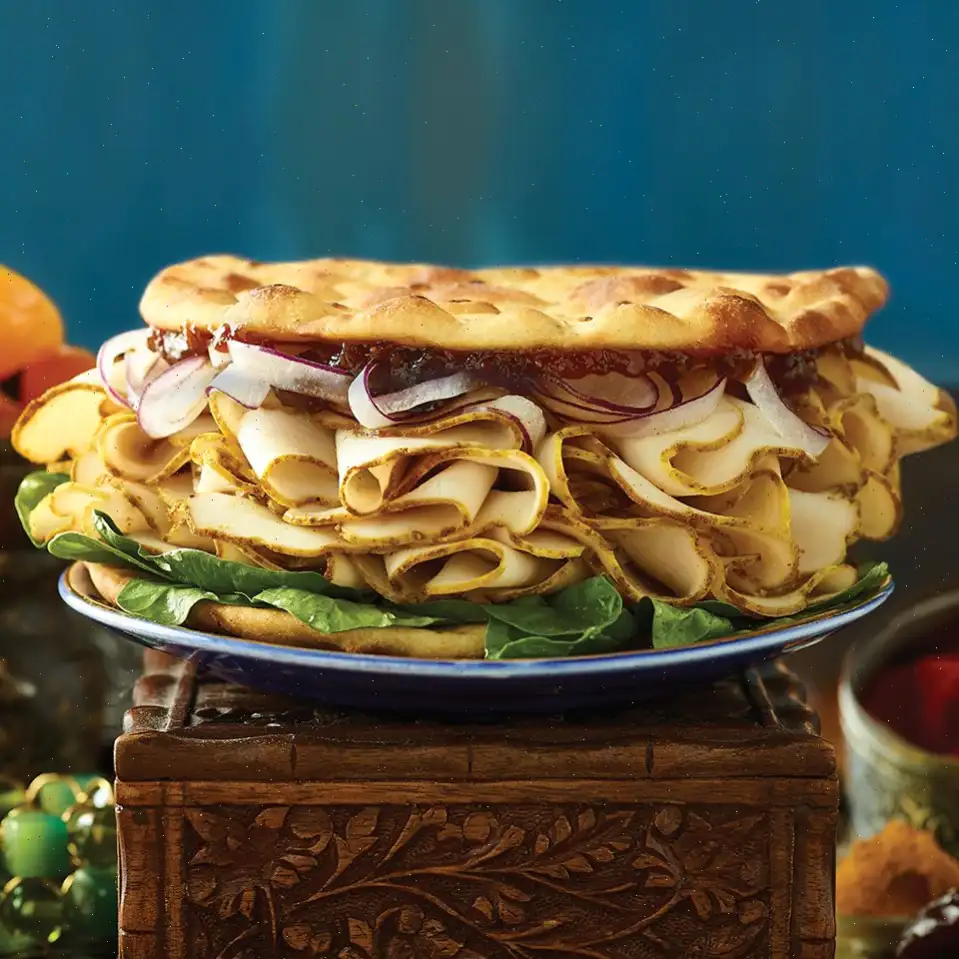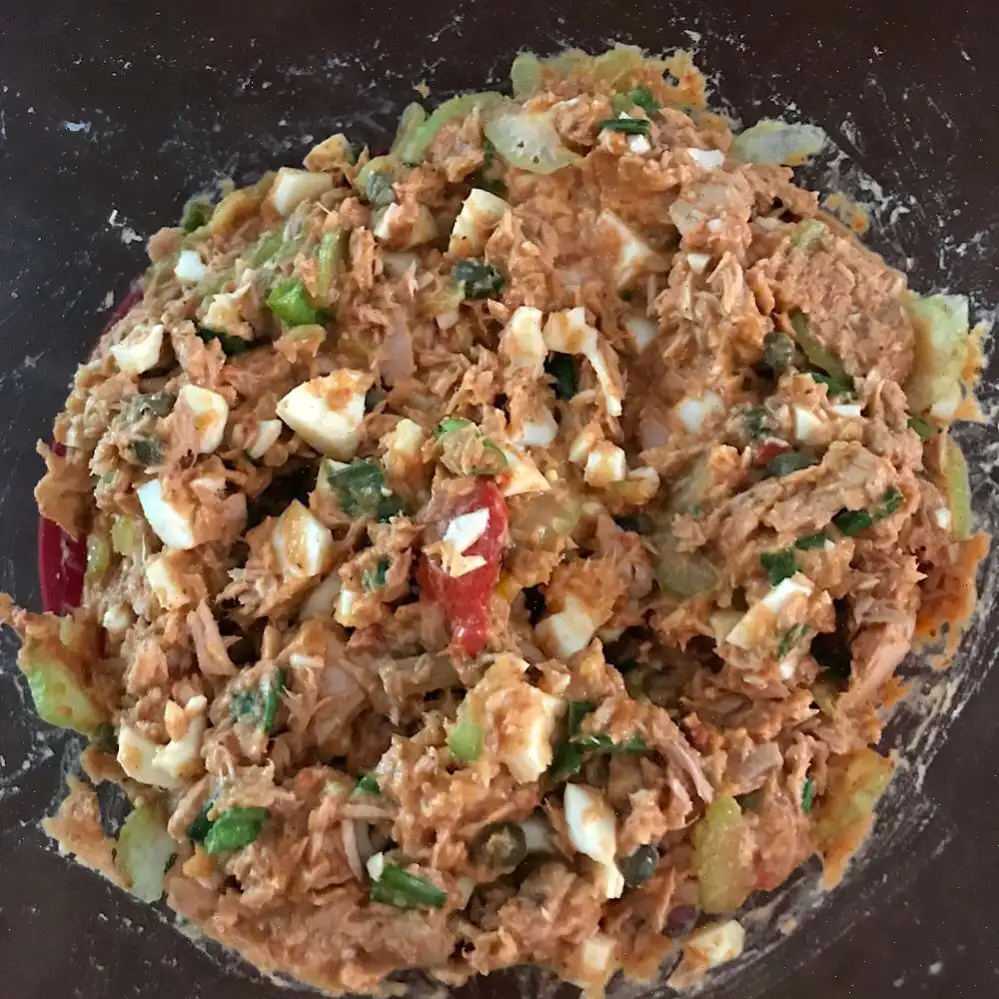
Japanese Tamago Egg Recipe
Making tamago (Japanese omelet) at home might seem tricky at first glance, but with a bit of patience, you can create this delicacy with ease. Tamago is a rolled omelet flavored with dashi, mirin, sugar, and soy sauce, resulting in a slightly sweet and savory dish thats often served as a side for breakfast or as a sushi topping. Let's break it down step by step!
Ingredients
- 4 eggs
- 1/4 cup prepared dashi stock (store-bought or homemade)
- 1 tablespoon white sugar
- 1 teaspoon mirin (Japanese sweet wine)
- 1/2 teaspoon soy sauce
- 1/2 teaspoon vegetable oil (or more, as needed)
Step-by-Step Instructions
Step 1: Gather all your ingredients to make the process smooth and organized. Its always helpful to have everything within reach before you start.
Step 2: In a mixing bowl, beat the eggs until smooth. Once beaten, add the dashi stock, sugar, mirin, and soy sauce. Whisk the mixture until the sugar has dissolved and everything is well combined.
Step 3: Lightly grease a non-stick skillet with vegetable oil and heat it over medium heat. Youll want the skillet to be hot enough to cook the eggs quickly, but not too hot to burn them.
Step 4: Pour a thin layer of the egg mixture into the hot skillet, swirling it around to coat the entire surface. Let it cook for about a minute, or until the bottom layer is firm but the top is still slightly liquid.
Step 5: Using a spatula, gently lift one edge of the cooked egg layer and roll it up. Once its rolled, push the omelet to one side of the skillet.
Step 6: Lightly oil the skillet again, then pour in another thin layer of egg mixture. Lift the previously rolled omelet slightly to let the new egg mixture flow underneath. Cook until the bottom is firm, then roll the new layer up over the first roll, pushing it to the side of the skillet again.
Step 7: Repeat this process with the remaining egg mixture, oiling the pan as needed. Each time, allow the new layer of egg to cook until firm, then roll it up with the previous layers.
Step 8: Once all the layers are cooked and rolled, remove the omelet from the skillet and transfer it to a cutting board. Let it rest for a few minutes before slicing it into 6 equal pieces.
Serving Suggestions
Serve the tamago slices as a breakfast item, or add them to sushi rolls for an extra layer of flavor. Tamago is best enjoyed fresh, but it can also be stored and served later.
Storage Tips
If you want to store tamago for later, place the slices in an airtight and refrigerate them. They can last for up to two days. Alternatively, you can freeze them for up to two weeks. Thaw them overnight in the refrigerator before serving.
Additional Tips
- If you have a tamago pan (a small square non-stick frying pan), it will help you achieve a traditional square shape. However, any small frying pan will work, and youll end up with a rounder omelet.
- For a variation, try adding a pinch of salt or a little bit of wasabi to the egg mixture for extra flavor.
Nutrition Information
| Per Serving | Amount |
|---|---|
| Calories | 63 |
| Fat | 4g |
| Saturated Fat | 1g |
| Cholesterol | 124mg |
| Sodium | 87mg |
| Total Carbohydrates | 3g |
| Total Sugars | 3g |
| Protein | 4g |
| Calcium | 18mg |
| Iron | 1mg |
| Potassium | 60mg |
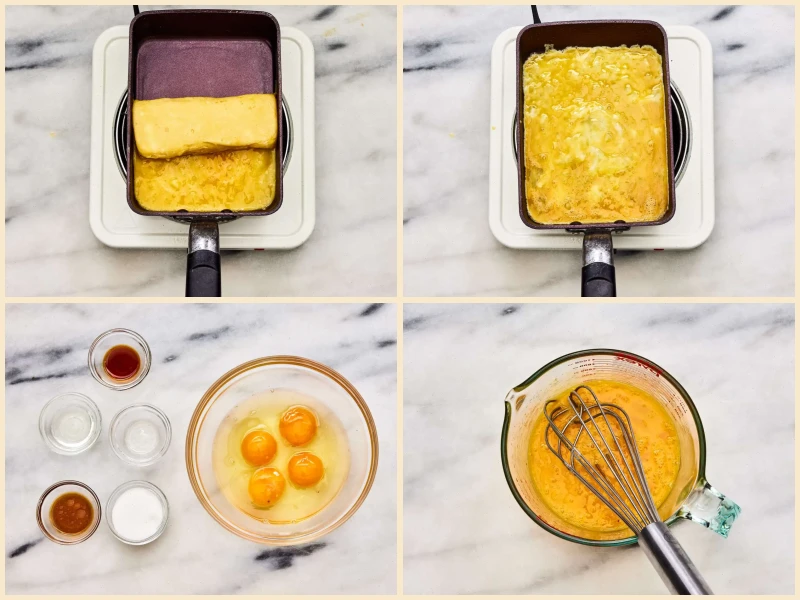
History of Tamago
Tamago, also known as tamagoyaki, is a traditional Japanese rolled omelet that has been a staple of Japanese cuisine for centuries. The dish has its roots in Japans Edo period (1603-1868), where it was commonly served at breakfast and featured in bento boxes. It was originally made using simple ingredients like eggs, soy sauce, and sugar, but over time, variations emerged, incorporating ingredients like mirin, dashi, and even sake for added depth of flavor. The delicate preparation and presentation of tamago are considered an art form in Japanese cooking, requiring skill and precision.
Regional Features of Tamago
Though tamago is enjoyed throughout Japan, regional variations exist that reflect local tastes and traditions. In Kanto (eastern Japan), tamago is typically made with a slightly sweeter profile, using more sugar and mirin. In contrast, the Kansai region (western Japan) favors a more savory version, with a heavier reliance on dashi stock and less sugar. Some regions also have unique ways of serving tamago, like wrapping it in nori (seaweed) for an added umami flavor, or using it as a topping for sushi, particularly in the form of tamago nigiri.
How Tamago Differs from Similar Dishes
While tamago shares similarities with other rolled omelets, such as the Korean "gyeran-mari" and Chinese "chao dan," it stands apart due to its specific preparation technique and use of dashi stock, mirin, and soy sauce, which gives it a distinctive savory-sweet flavor. Unlike the relatively flat omelets of other cultures, tamago is cooked in multiple layers, with each layer rolled over the previous one, creating a soft, fluffy texture that is both delicate and rich. Additionally, tamagos rectangular shape, achieved by using a special rectangular tamago pan, makes it visually unique among egg dishes.
Where is Tamago Usually Served?
Tamago is often served in various settings, from casual family meals to sophisticated sushi restaurants. It is commonly found as a topping for sushi rolls, particularly in the form of tamago nigiri, where the rolled omelet is placed atop a small mound of vinegared rice. It is also a popular inclusion in bento boxes, where it provides a contrast to savory or spicy items like teriyaki chicken or pickled vegetables. In Japan, tamago is also a traditional dish for breakfast, served alongside rice and miso soup for a wholesome start to the day.
Interesting Facts About Tamago
- Tamago is often used as a measure of a sushi chef's skill, as the delicate rolling technique requires a steady hand and precise timing.
- In some Japanese sushi restaurants, tamago is made fresh to order, showcasing its importance as a key element in a sushi meal.
- While tamago is often enjoyed at breakfast, it has become a popular snack or appetizer worldwide, particularly in Japanese restaurants and sushi bars.
- In addition to its savory use, tamago can be made into a dessert version by adjusting the sweetness, sometimes incorporating vanilla or other flavorings to suit modern tastes.
- The unique rectangular shape of tamago is a result of the special tamago pan, a rectangular non-stick frying pan that is smaller and shorter than traditional round frying pans, allowing for more controlled cooking of each layer of egg.
You can listen to this recipe in AI audio format. Simply click the play button below to listen to the content in a format that suits you best. It’s a great way to absorb information on the go!
FAQ about Japanese Tamago Egg Recipe
Comments
Anna Campbell
09/25/2022 10:38:34 PM
Great product. In my opinion, wrapping the slices with nori (seaweed used for onigiri) enhances the flavor.
Sandra Gonzalez
11/23/2024 01:29:41 PM
The Tamago pan is essential for making perfectly even omelettes. You can easily find it in most Asian markets or on Amazon, usually priced around $20. One key benefit of using this rectangular pan is that it allows you to create omelettes with uniform ends, maximizing the amount of omelette you can make without any wastage. To achieve this, pour the egg mixture into the pan, then flip or roll the cooked part of the omelette in half. Continue adding more egg mixture, waiting for it to set, flipping again, and repeating until the Tamago reaches the desired height. For a neat finish, use a plastic-lined sushi mat to create a square shape from end to end. Tamago not only makes a fantastic sushi topping but also adds a delightful surprise to bento boxes. Sprinkling some toasted sesame seeds on top enhances the flavor beautifully.
Cynthia Lee
02/14/2023 09:56:04 PM
Here is the rewritten review for you: I used to prepare this dish frequently. Since my chickens have just begun laying eggs, I wanted to try something new for breakfast. I like to top it with slices of avocado for a Tamago Maki twist, and sometimes sprinkle furikake on top when using avocado. It's so delicious! I have also turned them into hand rolls, which turned out to be quite tasty as well. Additionally, I have ground up dried Shiitake stems in a grinder - stems that are typically discarded by others or used for soup. I add the ground Shiitake to the oil first before rolling the egg in the pan. I typically use an 8 x 8 rectangular ceramic pan for this dish and make sure to generously oil it. The ground Shiitake ends up in the center after rolling the egg.
Angela Sanchez
08/07/2022 06:53:44 PM
I have made this recipe multiple times. I personalized it by omitting the sugar and dashi, and during the cooking process, I incorporated thinly sliced mushrooms and sporadic pieces of Nori for extra flavor. When serving, I paired it with Hot Mustard and Soy sauce for a delicious finish.
Jonathan Torres
01/06/2023 02:50:24 AM
After I couldn't help but chuckle at the name - tamago means egg, so it's titled 'egg egg'... hahaha - I dug into making the dashimaki tamagoyaki. It's a fantastic recipe. I tweaked it a bit by adding a pinch of salt and using a sieve to achieve fluffier eggs.
Nicole Lewis
06/11/2024 04:12:27 PM
I have been preparing these tamago for a number of years now, serving them at my bed and breakfast under the moniker of "YouTube eggs" as I initially learned the recipe from a YouTube tutorial. Recently, I acquired an induction-ready pan from Japan to replace my old aluminum cookware. The tips provided in this recipe, along with the serving suggestions, have been incredibly useful. I am grateful for the guidance. Moving forward, I plan to incorporate a dash of sugar and mirin into the recipe, serving the tamago over a bed of rice as recommended.
Carol Campbell
02/27/2025 03:33:57 AM
I didn't use dashi in this recipe, opting only for mirin, and I prefer my tamago on the sweeter side so I used 2 tablespoons. I found it delightful when served cold. To keep it moist, you can store it wrapped in cling wrap in the refrigerator. The best time to slice and serve it is when you're ready to enjoy it.
Steven Lopez
02/10/2024 08:05:26 PM
After watching Molly Yeh this morning, I was inspired to try making tamagoyaki. I'm familiar with tamago from sushi rolls, but lacking a rectangular skillet, I used a non-stick aluminum pan. My technique was a 3, but the flavor was a 5! Even my picky spouse said, "This is excellent!" Next time, I'll invest in a traditional Japanese cast iron tamagoyaki pan to nail it perfectly. If you enjoy Japanese cuisine, it's definitely worth making. Spoiler alert: I'm now excitedly organizing our sushi-making tools, ingredients, and ideas to share with family and friends. Shokuyoku ga ii!
Pamela Rivera
02/21/2023 09:15:14 AM
The flavor stands out on its own, but adding veggies or meat would take it to the next level! Mastering the flipping/rolling technique may require some practice to get it just right, but it doesn't affect the delicious taste!
Christopher Johnson
08/02/2023 03:44:34 AM
Oh my goodness, this tamago maki with avocado was absolutely delicious! I really enjoyed trying out this recipe for the first time and using my special pan. However, my rolling technique still needs some work!
Jonathan Allen
03/26/2024 01:02:24 AM
Oh my goodness, this was so tasty! I prepared tamago maki with avocado and it turned out amazing. I really enjoyed following this recipe, as it was my first time making tamago and using my special pan. However, I definitely need more practice with my rolling technique!
Benjamin Hernandez
05/23/2023 04:24:58 PM
Great!
Carolyn Perez
03/07/2024 12:22:33 AM
I absolutely adored it!
Adam Williams
03/19/2023 07:23:52 PM
Great outcome!
James Williams
09/04/2022 08:31:44 PM
WOW - this product truly elevates the flavor of eggs!
Jacob Rivera
11/14/2024 07:04:15 PM
Genuine taste. Much appreciated!
Sarah Hall
07/09/2024 11:11:46 PM
Excellent! We made a couple of substitutions by using chicken broth instead of dashi stock (due to not having it and my aversion to fish) and apple cider vinegar instead of mirin since it was unavailable. The dish turned out to be delightful!
Deborah Baker
09/05/2022 08:02:00 PM
I enjoyed the recipe, although it was sweeter than I expected based on previous experiences. Next time, I am likely to reduce the sugar by a third when I prepare it again.
Elizabeth Martinez
09/01/2022 06:50:18 PM
Delicious and simple! I used a circular pan and it was perfect. It may not have looked as nice, but it tasted amazing.



